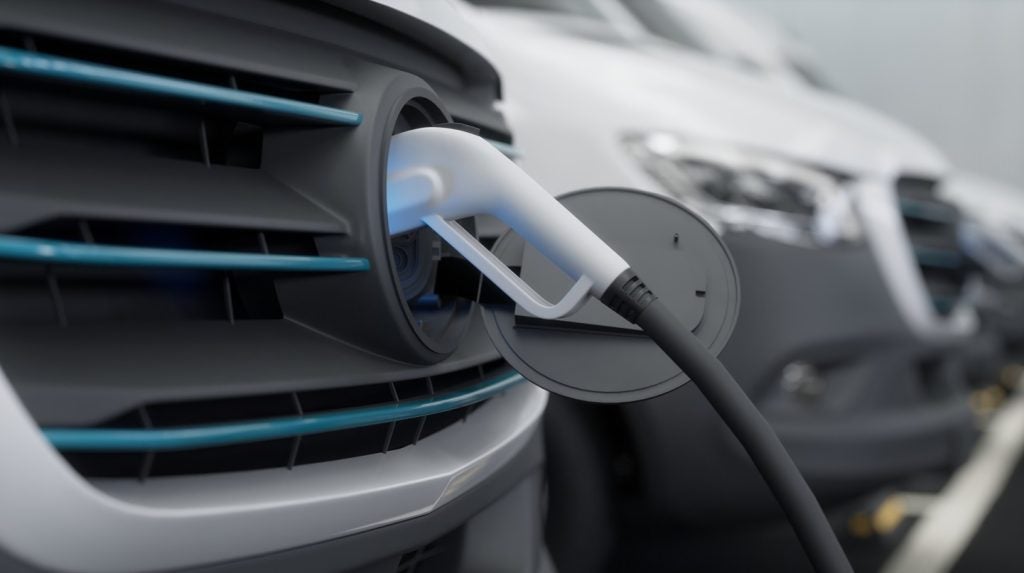
Evolving technology, legislation and regulation mean the dealer landscape continues to shift rapidly. By understanding what the landscape demands – and why – finance and insurance (F&I) managers can translate these into best practice to improve customer satisfaction and compliance. Ian Tinker, commercial director at DealTrak, explores the five key metrics that should matter to dealers in 2019.
Historically, dealerships would benchmark their successes against internal statistics. Measures such as finance and product penetration, income per finance or product sale, or income per retail unit are well established.
While these will inevitably remain in place, for a dealership to thrive there needs to be a conscious shift towards more customerfocused key performance indicators and a service-led business.
Success today should be measured on operational efficiencies, how fairly you treat your customers, and whether you strive to get the best outcomes for the customer with your lender or broker partners. Once you start measuring those, traditional metrics will look after themselves.
Lender efficiency Lenders incur costs when processing proposals – whether successful or not – meaning quality over quantity is the key to a successful partnership.
By better understanding lender validations around customers and the transactional parameters, dealers can submit customer applications in a more effective and efficient manner.

US Tariffs are shifting - will you react or anticipate?
Don’t let policy changes catch you off guard. Stay proactive with real-time data and expert analysis.
By GlobalDataAdditionally, when pricing retailer packages, lenders assess the quality of business proposed as well as the volume.
Managing efficiencies in conjunction with lender partners could allow you to agree more appropriate rates and terms.
From a customer perspective, if a proposal is sent to four lenders and each one is declined, that has a negative impact on their own credit rating. Therefore, curate your lender panel to match the needs of customers looking to transact with your businesses.
Time to complete the transaction A regular customer complaint is the time taken between making the decision to purchase and driving away.
The sheer number of processes and paperwork means buyers often need to sign multiple documents on their way to finalising a finance agreement.
As digitisation reduces the level of tolerance for mountains of paperwork, take the time to understand how many documents make up your customer journey, and then put yourselves in their shoes: how many documents would you sign? and how long would you wait?
Aim towards hitting that same target within your dealership.
How many systems? In line with the above, audit the number of F&I systems being used. Most dealerships work with several lenders, and currently need to log onto each POS system separately to input customer details.
With often separate compliance tools and other systems for insurance, the combined process is simply inefficient.
DealTrak’s platform integrates each element, meaning each customer spends less time waiting, and the sales team can focus on selling more cars.
The F&I product ratio Consider the number of vehicle sales where no F&I products were bought. The traditional income per retail unit measure is still a critical one, but the use of average figures can mask an unbalanced performance.
Historically, a respectable performance might have been achieved by making a significant profit from a small number of customers – and hardly any from most. Even the most competent dealerships might find the ratio surprisingly high.
By focusing on what is not purchased, dealerships can highlight shortcomings in the sales process.
Lost sales Finally, dealerships should monitor lost sales just as much as successful ones. Consider the amount of untapped profit when customers have left the showroom after being declined credit.
A greater understanding of this area can highlight the need for a good broker or non-prime lender on your finance panel, thus increasing customer satisfaction and profitability in 2019.







